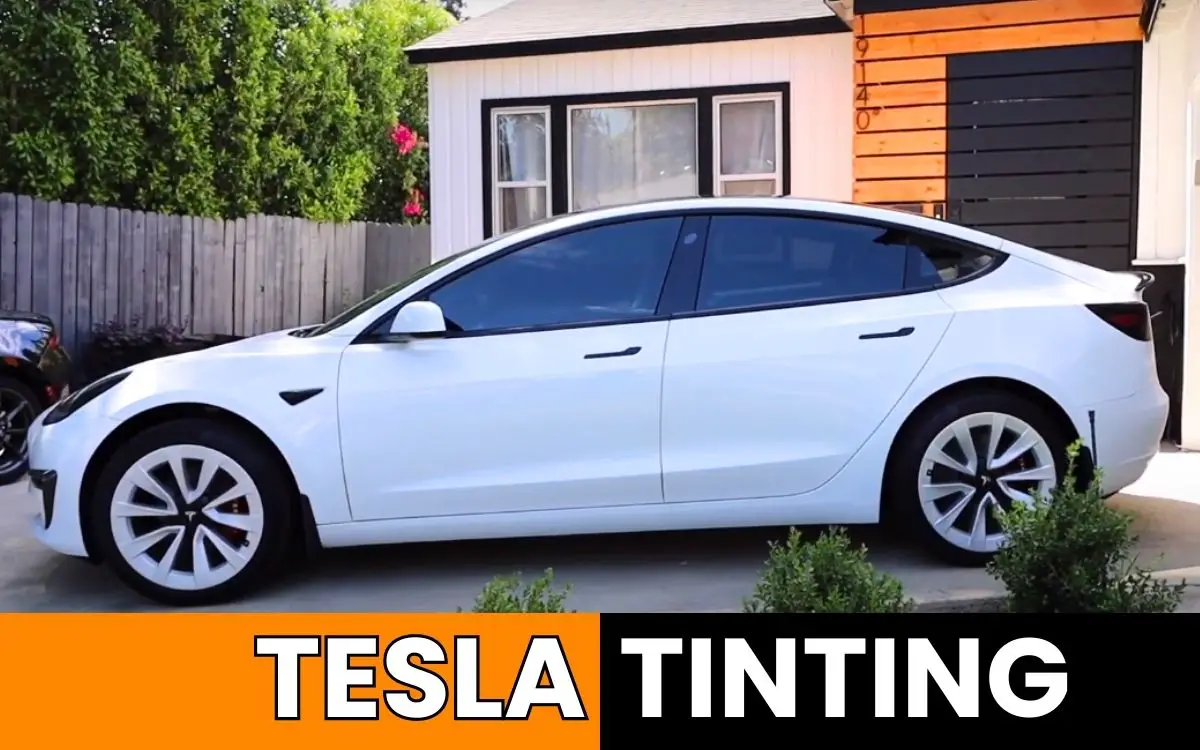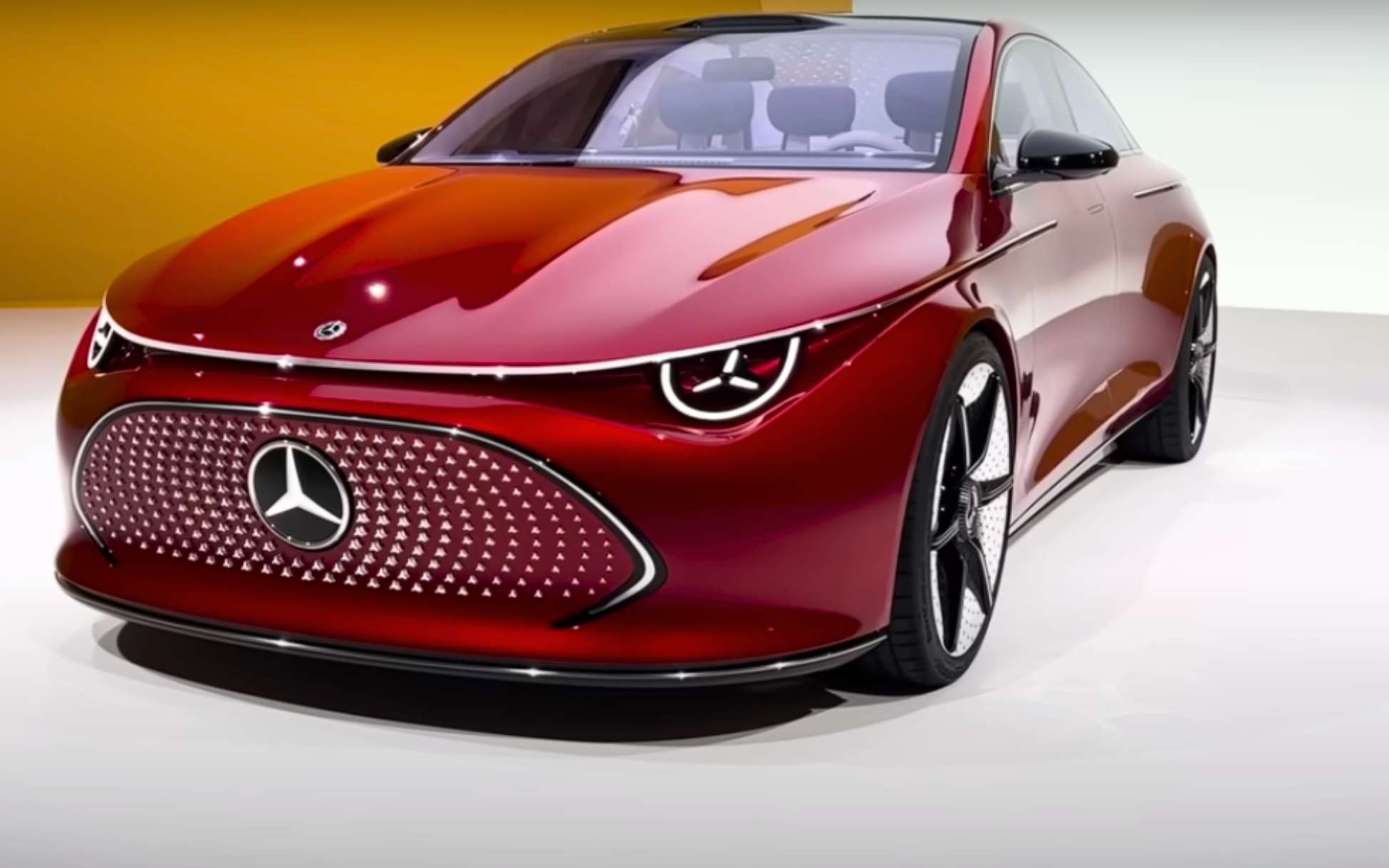If you’re a proud Tesla Model 3 owner, you probably want to protect your investment and make it truly your own. One popular way to achieve this is by tinting your car’s windows.
Tinting not only enhances the aesthetics of your Model 3 but also offers a host of practical benefits. However, like any upgrade, tinting can come with its fair share of challenges.
In this article, I’ll discuss common tint problems that Tesla Model 3 owners may face, troubleshoot those issues, and offer some valuable recommendations to keep your car looking sleek and stylish.
- Tesla Model 3 Tint Problems
- Understanding the Importance of Tinting for Tesla Model 3
- Common Tint Problems Tesla Model 3 Owners Face
- Troubleshooting Tint Problems in Tesla Model 3
- Tint Maintenance and Care for Tesla Model 3
- Choosing the Right Tint for Your Tesla Model 3
- Final Thoughts on Tinting Your Tesla Model 3
Tesla Model 3 Tint Problems
First and foremost, here’s the list of issues reported related to Tesla Model 3 Tinting.
Specific Issues
- Difficulty tinting the front windshield
- Risk of rear windshield cracking
- Interference with Advanced Driver Assistance Systems (ADAS)
- Can block the side mirror view
General Tinting Issues
- Bubbling and Peeling Tint Films
- Tint Discoloration and Fading Issues
- Hazing or Hazy Appearance of Tint
Understanding the Importance of Tinting for Tesla Model 3
Before we discuss issues and troubleshooting, let’s quickly touch on why tinting your Tesla Model 3 is a fantastic idea. Tinting isn’t just about giving your car that cool, mysterious vibe – it serves several essential purposes.
Benefits of Tinting Your Tesla Model 3
UV Protection for Interior and Passengers
Tinted windows act as a barrier against harmful UV rays, protecting your car’s interior from fading and cracking. Moreover, it shields you and your passengers from the sun’s harmful rays, reducing the risk of skin damage.
Improved Heat Reduction and Energy Efficiency
Tinted windows can significantly reduce heat buildup inside your Model 3. By blocking a portion of the sun’s rays, your car’s interior stays cooler, reducing the need for excessive air conditioning and improving energy efficiency.
Enhanced Privacy and Security
Tinted windows add an extra layer of privacy, preventing prying eyes from peering into your car’s interior. Additionally, it may deter potential thieves, as they won’t have a clear view of your valuables.
Aesthetic Enhancement
Let’s face it – tinted windows simply look cool! Tinting can give your Tesla Model 3 a sleek and elegant appearance, making it stand out from the crowd.
Common Tint Problems Tesla Model 3 Owners Face
While tinting brings numerous benefits, it’s not without its challenges. Some common tint problems that Model 3 owners might encounter include:
1 – Difficulty tinting the front windshield
In most vehicles, the front windshield is relatively straightforward to tint because there are no significant obstacles behind it.
However, in the case of the Tesla Model 3, there are a variety of electrical components, sensors, and wiring that lie beneath the gap between the windshield and the dashboard.
During the tinting process, it’s essential to avoid any water or moisture from seeping into this gap. If water penetrates and comes into contact with the electrical components, it can lead to malfunction or permanent damage to the car’s electronic systems.
This is a significant concern because improper tinting, especially if done by an unprofessional or inexperienced installer, can result in costly repairs and potential safety issues.
2 – Risk of rear windshield cracking
Some Tesla owners have reported incidents of their rear windshields cracking after tinting and here are a couple of potential reasons for this occurrence.
- Improper driving causing flex in the frame:
If a driver runs over curbs or encounters situations where the frame of the car flexes excessively, it can put stress on the rear windshield. Over time, this stress may lead to cracks or damage in the rear windshield.
- Tinting and heat absorption:
The second reason involves the choice of tinting film and its heat-absorbing properties. The longer the car stays parked in the sun, the more heat is absorbed by the windshield, causing it to become warmer.
This prolonged exposure to heat can potentially lead to the glass expanding, and if there are any pre-existing flaws or weaknesses in the glass, it could result in cracks.
To minimize the risk of rear windshield cracking, Tesla owners are advised to take precautions:
Drive carefully and avoid situations where the car’s frame is subjected to excessive flexing or stress
Choose a tinting film that strikes a balance between heat rejection and heat absorption. While nano-ceramic films offer excellent heat rejection, it’s essential to consider the local climate and how much sun exposure the vehicle typically experiences.
3 – Interference with Advanced Driver Assistance Systems (ADAS)
Tesla Model 3 comes equipped with advanced driver assistance systems to enhance safety on the road. However, tinting can potentially interfere with these systems.
Certain tint films can disrupt the signals that ADAS sensors rely on, leading to reduced functionality or false readings.
If you want to tint your Model 3 and maintain optimal ADAS performance, choose films specifically designed to be ADAS-compatible. Additionally, have the tint installed by a professional who is familiar with ADAS systems to ensure proper alignment.
4 – Can block the side mirror view
The Model 3 has auto-dimming side mirrors that are designed to reduce glare from headlights and bright objects behind you.
However, if the tint is too dark, it can also reduce the amount of light that reaches the mirrors, making it difficult to see.
And also, even with a light tint, the windows can become quite reflective, causing the interior of the car to be reflected towards the driver. This reflection poses a potential issue as it may obstruct the driver’s field of vision in various situations.
The amount of tint that you can apply to your vehicle is regulated by law. In most states, the tint cannot be darker than 35% on the front side windows and 20% on the rear side windows.
If you are considering tinting your Model 3’s windows, it is important to check the laws in your state to make sure that you are staying within the legal limits and avoid any diminishing visibility through side mirrors due to tint.
5 – Bubbling and Peeling Tint Films
Bubbling and peeling are two of the most frustrating issues that can occur after tint installation. These unsightly imperfections can quickly mar the appearance of your beloved car.
Bubbling and peeling are often caused by poor installation. If the tint film is not correctly applied or if air and moisture get trapped during installation, bubbles can form. Low-quality tint films can also lead to peeling over time.
To avoid bubbling and peeling, always choose a reputable and experienced tint installer who uses high-quality tint films. Additionally, ensure that your car’s windows are thoroughly cleaned before installation to minimize the chance of debris causing issues.
6 – Tint Discoloration and Fading Issues
Over time, some tint films may start to discolor or fade, losing their original vibrant appearance.
Discoloration and fading are often caused by exposure to harsh UV rays and environmental elements. Lower-quality tint films may be more susceptible to these issues.
To prolong the life of your tint, consider investing in high-quality ceramic or carbon tint films, as they are more resistant to fading. Regularly cleaning and conditioning your tinted windows can also help maintain their appearance.
7 – Hazing or Hazy Appearance of Tint
Hazing refers to the cloudy or foggy appearance that can develop on tinted windows.
Hazing is usually caused by improper installation or the use of low-quality tint films. It can also occur if harsh cleaning chemicals are used on the tint.
Choose a professional tint installer who uses high-quality films and follows proper installation procedures. Avoid using abrasive or ammonia-based cleaners, as they can damage the tint.
Troubleshooting Tint Problems in Tesla Model 3
Now that we’ve identified common tint problems, let’s explore some troubleshooting tips to address these issues.
DIY Tint Troubleshooting Tips
Fixing Small Bubbles or Peeling
If you notice small bubbles or areas of peeling, you may attempt to fix them yourself. Carefully use a soft, non-abrasive cloth to gently press the bubbles or peeling areas towards the edges. If you encounter significant problems, it’s best to consult a professional.
Addressing Minor Discoloration and Hazing
For minor hazing or discoloration, start by cleaning the tinted windows with a mild soap and water solution. If the issue persists, consider using a specialized tint cleaner or seek professional help.
Seeking Professional Help for Complex Tint Issues
Sometimes, tint problems can be more complex or widespread than you can handle on your own. In such cases, seeking professional help is the wisest course of action.
When to Consult a Professional Tint Installer
If you encounter extensive bubbling, peeling, hazing, or fading issues, it’s best to consult a professional tint installer. They have the expertise and tools to diagnose and resolve tint-related problems effectively.
Finding a Reliable Tint Specialist for Tesla Model 3
To find a trusted tint specialist, research customer reviews and testimonials. Look for installers who have experience with Tesla Model 3 vehicles and offer warranties on their work.
Tint Maintenance and Care for Tesla Model 3
Proper maintenance and care can extend the life of your tint and keep it looking pristine.
Best Practices for Tint Care
Cleaning Tinted Windows Properly
Clean your tinted windows regularly using a mild soap and water solution or a specialized tint cleaner. Avoid using ammonia-based or abrasive cleaners, as they can damage the tint.
Recommended Cleaning Products for Tinted Windows
Use microfiber cloths or soft sponges when cleaning your tinted windows to avoid scratches. Consider using tint-safe cleaning solutions to maintain the integrity of the tint film.
Longevity of Tint Films
While tint films are designed to be durable, their lifespan can vary based on several factors.
Factors Affecting Tint Longevity
Exposure to UV rays, harsh weather conditions, and overall care can impact the lifespan of your tint. Higher-quality tint films tend to last longer.
Maximizing the Lifespan of Your Tesla Model 3 Tint
Choose high-quality tint films and follow the recommended maintenance practices to maximize the lifespan of your tint.
Choosing the Right Tint for Your Tesla Model 3
When it comes to tint films, there are several types available, each with its unique features.
Types of Tint Films Available
Dyed Window Tint Films
Dyed tint films use a layer of dye to reduce light and heat penetration. They are budget-friendly but may not be as effective at heat rejection as other types.
Metalized Window Tint Films
Metalized tint films have metal particles embedded in them, offering excellent heat reduction and UV protection. However, they may interfere with radio signals and GPS reception.
Carbon Window Tint Films
Carbon tint films are known for their color stability and heat rejection properties. They are a popular choice for Tesla Model 3 owners.
Ceramic Window Tint Films
Ceramic tint films provide top-tier heat rejection and UV protection without interfering with electronic signals. While they may be more expensive, their performance makes them a worthwhile investment.
Recommended Tint Film for Tesla Model 3
Choosing the right tint material for your Tesla Model 3 is crucial, considering the car’s unique features and electronic components hidden throughout the interior.
After careful consideration, the recommended tinting material for the Model 3 is the nano-ceramic film.
This advanced technology utilizes microscopic ceramic particles within the film to offer superior heat rejection capabilities. By reflecting a significant amount of solar energy away from the vehicle’s interior, nano-ceramic films help enhance comfort, improve energy efficiency, and reduce the strain on the air conditioning system.
Moreover, they are considered to be of higher quality, making them an excellent choice for those planning to keep their Model 3 for an extended period.
When deciding on the tinting material, it’s essential to choose a reputable brand and installer experienced in working with Tesla vehicles to ensure proper installation and maximize the benefits of nano-ceramic films.
Final Thoughts on Tinting Your Tesla Model 3
Tinting your Tesla Model 3 can enhance its appearance, protect its interior, and provide several practical benefits. However, it’s essential to choose the right tint and installer to avoid common tint problems.
Tinting offers UV protection, heat reduction, enhanced privacy, and aesthetic appeal. However, issues like risk of window cracking, bubbling, peeling, discoloration, and interference with ADAS can occur.
To make an informed decision, consider the benefits of tinting and research the best tint films and installers for your Model 3.
Proper maintenance and care are crucial for the longevity and appearance of your tint. Follow recommended cleaning practices and choose high-quality tint films to maximize their lifespan.






Leave a Reply